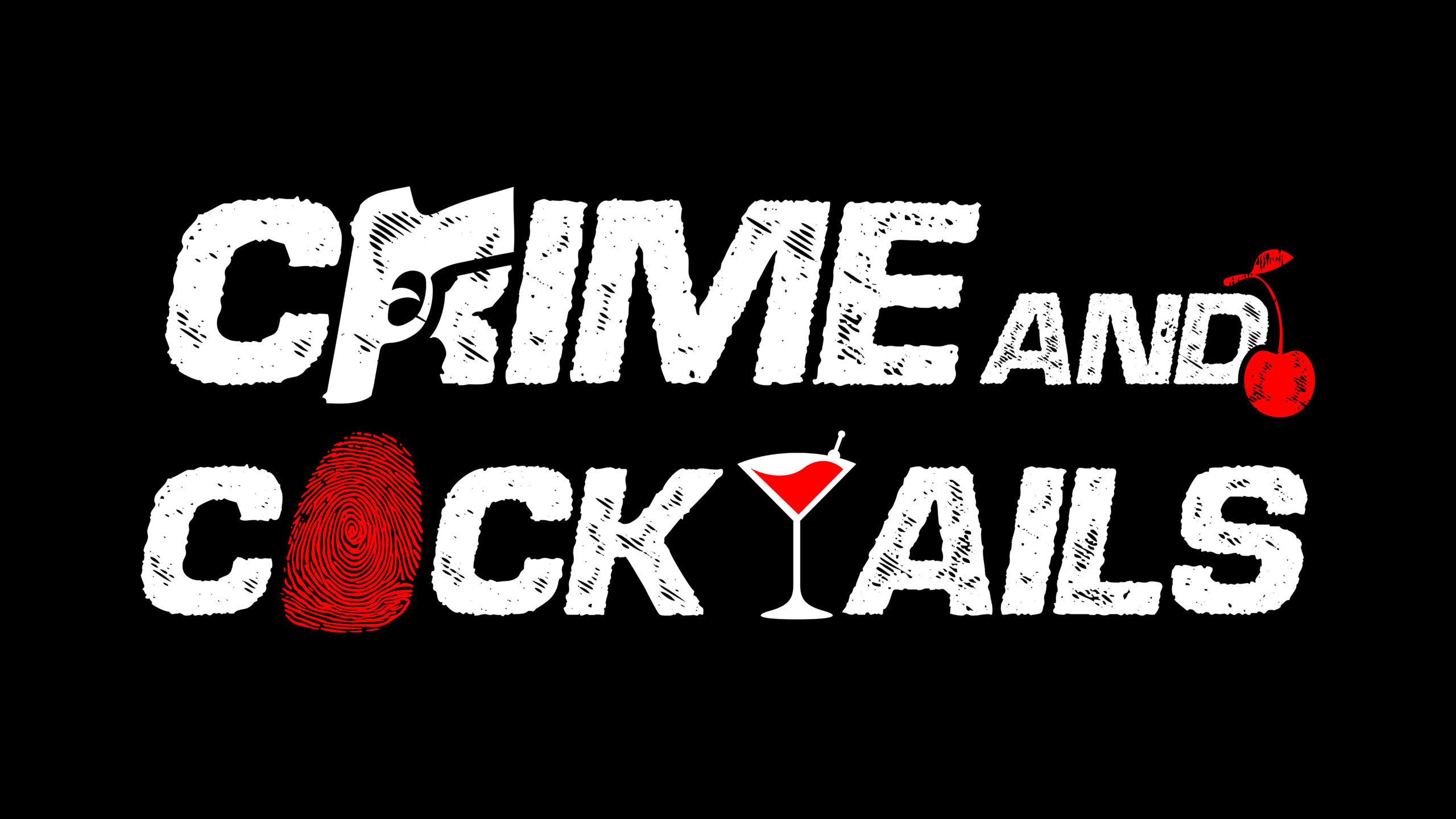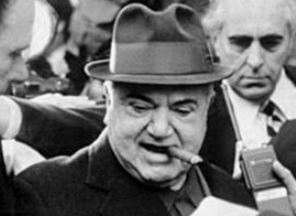They walk in sharp suits, speak soft, and keep blood on their hands. The Mafia—organized crime—were long the kind of monsters that lurked behind whispers, unseen puppet masters. They bribed unions, rigged contracts, shook down contractors, and killed those who crossed them. For decades, it was nearly impossible to pin charges on the bosses because they insulated themselves from the actual deeds. Bodyguards did the dirty work. Lawyers kept them distant. The law reached for them—but lacked the strength.
Enter the Racketeer Influenced and Corrupt Organizations Act, enacted October 15, 1970, as part of the Organized Crime Control Act.
What Is RICO, Really?
- Purpose: To let prosecutors go after the enterprise—the entire criminal organization—not just one crew member. To make sure that the bosses who order the hits, launder the profits, or live off the enterprise’s spoils can’t hide behind distance or plausible deniability.
- How it works: To violate RICO, one must engage in a pattern of racketeering activity (at least two predicate crimes out of a long list—fraud, bribery, murder, kidnapping, arson, etc.) within a 10-year span, connected to an “enterprise”.
- Criminal and civil tools: RICO has both criminal and civil components. The government can bring criminal charges; private parties can sue under RICO in civil court. Civil RICO allows treble damages, which means multiply the harm by three—and the damage to reputation is almost always incalculable.
RICO vs The Mafia: Blood Spills, Trials, and “The Commission”
If you want to see RICO in its prime—if you want to see what happens when the law’s fangs come out—look at the Mafia Commission Trial (U.S. v. Anthony Salerno, et al), 1985-86.
- The heads of New York’s Five Families were indicted under RICO.
- The charges were wide: extortion, labor racketeering, murder for hire.
- Eight of them were convicted; many got maximum sentences (100 years). It was a devastating blow to Mafia infrastructure.
RICO didn’t just aim for low-level thugs. It exposed the people who gave orders, the finance guys, the ones who thought themselves untouchable because they never got their hands “dirty.” RICO made that facade useless.
Expansion: Not Just Mob Bosses Anymore
Over time, RICO’s reach stretched past traditional Mafia families. Prosecutors and plaintiffs began using it against street gangs, corrupt officials, corporations, protesters—whomever they believed fit the pattern.
Some of these uses are uncontroversial; some are deeply contested. The law is powerful—and with power comes the temptation to apply it broadly, maybe too broadly.
One recent high-profile case: the Supreme Court in Medical Marijuana, Inc. v. Horn (2025) clarified that civil RICO claims can recover “business or property” harms even if those harms are derived from a personal injury. That is, you can’t claim emotional pain and suffering under RICO, but if a personal injury causes loss to your business or property, that loss may be recoverable.
This decision upped the danger for defendants. Civil RICO, with treble damages, is now more tempting for plaintiffs.
The Limits: No, You Can’t Just Use RICO When Someone Shouts
Here’s where the shade comes in. A lot of people seem to think RICO is a catch-all, a law you invoke because you feel wronged—because someone insulted you, shouted at you, criticized you. Because you didn’t like what was said. That’s not RICO. Let me be blunt: being loud or controversial, protesting, shouting—none of that is a predicate racketeering act.
RICO requires:
- Enterprise: Some structure or continuing association—someone using the organization to carry out illegal acts. You can’t invent an enterprise just because folks giggled, jeered, or disagreed.
- Pattern of Racketeering Activity: That means crimes listed in the statute (murder, bribery, fraud, extortion, etc.), at least two, over time. Words alone (even harsh ones) are not sufficient unless they amount to illegal acts (threats, stalking, harassment as defined by criminal law).
- Causal Connection: The illegal acts must be tied to the enterprise and must cause the alleged harm.
- Proof beyond a reasonable doubt (in criminal cases) or significant evidence (in civil). Not just feelings. Not just being disliked.
If someone yelled at you—or even proceeded with a protest—and you felt violated, that’s not enough. Courts have thrown out overreaching RICO conspiracy charges when evidence of a structured enterprise or a genuine pattern of crateable criminal acts is missing. For example, the Sean “Diddy” Combs trial saw racketeering charges; legal experts argued the RICO application was a stretch, given the lack of a well-defined organized crime enterprise.
Also, in Georgia, prosecutors attempted to use RICO in the “Cop City” case against protesters. A judge dismissed many of those sweeping conspiracy charges, noting that RICO was traditionally used for organized criminal activity—not protest movements simply expressing dissent.
So no, you can’t just drag out RICO because someone raised their voice. There has to be something darker, more structured, more criminal.
Why It Matters: RICO Is a Hammer — Big, Loud, and Scary
When RICO hits, it hits hard. It brings with it:
- Broad discovery powers: The government can probe deep into financial records, communications, past uncharged conduct.
- Serious penalties: Criminal RICO carries long prison terms; civil RICO carries treble damages. It’s not just losing a lawsuit—it’s losing everything.
- Reputational destruction: Being accused under RICO suggests you’re not just a bad actor, but part of a criminal enterprise. Sometimes the accusation alone does damage.
Because of this, there are constitutional and procedural safeguards. Judge oversight, rules of evidence, due process. The burden on prosecutors/plaintiffs is high. Courts have been cautious—or pushed back.
When RICO Fails: The Undone Threads
Even with its power, RICO isn’t bulletproof. When used improperly, it collapses under the weight of its own overreaching.
- Lack of enterprise structure or proof of enterprise leading to failure.
- Predicate acts too vague, or not proven.
- Causal link broken.
- Use of RICO in political or protest contexts often sees judicial resistance.
Trying to label every wrongdoing as racketeering weakens the credibility of the law itself. It’s not a slogan, it’s a serious legal tool—and abusing it can backfire.
Final Thoughts: RICO is Not a Shout-Back
In a world of loud voices, political theater, and social media storms, the idea that someone could invoke RICO because they didn’t like what was said—because too many people were shouting—is seductive to some. But the law doesn’t bend that way.
RICO was forged to take down structures built on crime, hidden behind intimidation, bribery, violence. It was built for monsters, not merely for critics. So if you’re thinking “They insulted me, I’ll get RICO on them”—no. That’s not how the statute works. To weaponize RICO in that way? It’s not just unjust—it’s a misunderstanding of what RICO is.


